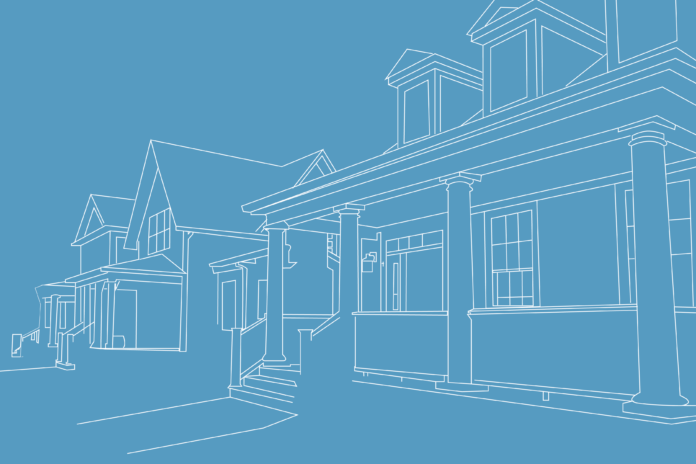Debate is ongoing about the extent the city of Davis should develop into its periphery land
By ANTHONY W. ZAMMIKIEL — city@theaggie.org
Lea este artículo en español.
On April 4, the Davis city council received a subcommittee update detailing the Long Range Growth Status Report, which concerned outward expansion within the Davis periphery. The Subcommittee on Long Range Growth, which includes Davis Mayor Will Arnold and Councilmember Bapu Vaitla, delivered recommendations detailing how the city should “develop a proposed framework to engage the community in visioning for future housing needs and peripheral growth expectations.”
The Davis community is divided about the extent that the city should continue to develop into the periphery and how new developments will address the affordable housing crisis, which is an ongoing issue in the state of California and in Davis.
“The intended focus of the Subcommittee effort was to develop a set of interim criteria by which to evaluate proposed and potential future annexation/development projects,” the status report read. “The interim criteria would serve as a bridge and provide guidance for consideration of such proposals until such time that an updated General Plan is crafted and adopted.”
The subcommittee noted that at the time the subcommittee meeting started, there were four proposed housing development plans for the council to consider. Three of the four were located inside the Davis periphery and all four required the Davis community to vote on changing the previous agricultural land usage to residential usage to go forward. At a minimum, the four proposed developments would require the council to consider changing the designation for 745 acres. This number is subject to change as the council determines whether to allow the developments to proceed. If the council does decide to allow the developments to proceed, they would then require a Davis community vote based on Measure J/R/D requirements.
Elizabeth Foreman, a resident of North Davis, believes that the developments come with positive and negative aspects.
“I’ve been in Davis since as far back as I can remember, and it just feels like it has become this no-man’s-land place where normal people can’t afford to be here, and I think that the city has the right idea to start building all these new developments,” Foreman said. “I mean, we have all these new people coming in, and the population has just been booming, and it doesn’t make any sense why we should stop building new houses and new condos because we are going to need them soon.”
The subcommittee established preliminary guiding principles for the council to consider when approving periphery development projects, including a stipulation that periphery developments need to contribute to satisfying the Regional Housing Needs Assessment, which requires Davis to develop 530 very-low-income housing units and an additional 350 low-income housing units by 2029.
“The City is on track to meet its moderate and above moderate-income targets in this cycle, but very low- and low-income units remain a challenge,” the subcommittee assessment and development recommendations read. “Developments that exceed the total affordable housing percentage requirements specified in Section 18.05 of the City of Davis Municipal Code will be strongly preferred, as will developments that provide an affordability mix weighted more heavily towards extremely low- and very low-income units than is required by the Code.”
In the development recommendations focusing on affordable housing, the subcommittee noted that developing the Davis periphery requires considering the extent to which these developments could positively or negatively impact the surrounding ecosystems. They noted that any and every development should promote and prioritize transportation that does not contribute to ongoing fossil l emissions and should not interfere with the city’s plan to be carbon neutral by 2040.
The environmental considerations that the subcommittee noted in its assessment have been subject to discussion and debate throughout the Davis community. The Sierra Club chapter representing Yolo County prepared questionnaires for candidates within the district elections throughout Davis about candidates’ stances on periphery development.
The Davis community also remains divided on whether developing into the periphery would address the affordable housing crisis within the city.
Maricela Lopez, a third-year American Studies major, commented on how navigating the housing process within Davis has become more and more challenging, with students experiencing additional stress when it comes to searching for off-campus housing.
“Usually, students are left to their own devices and will sometimes fall prey to leases and housing that is less than adequate and exploitative,” Lopez said. “Student housing, in particular, is an incredibly tedious topic, and being intertwined with discrimination, disadvantage and exploitation, it is hard to navigate and feel empowered when searching for housing.”
Written by: Anthony W. Zammikiel — city@theaggie.org




